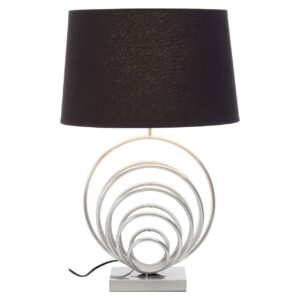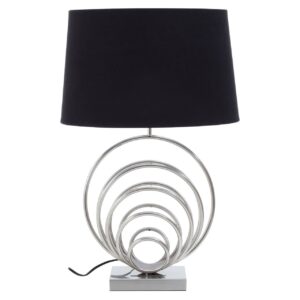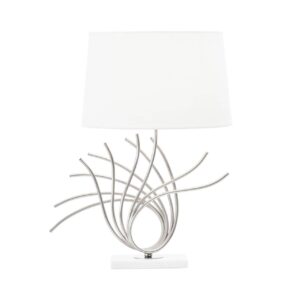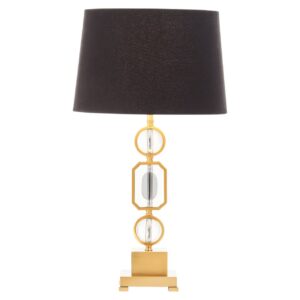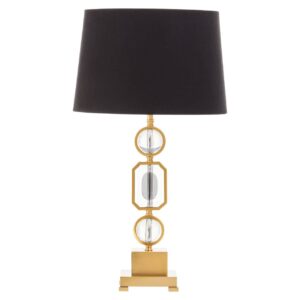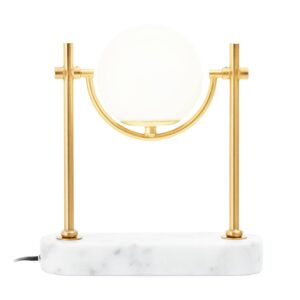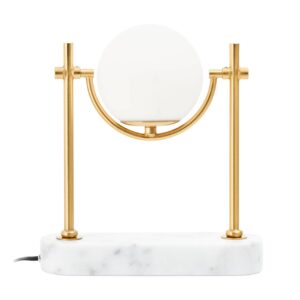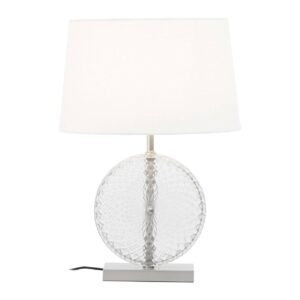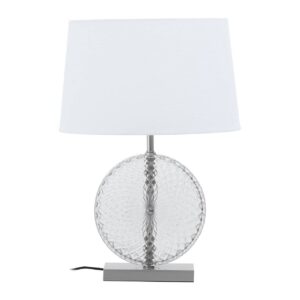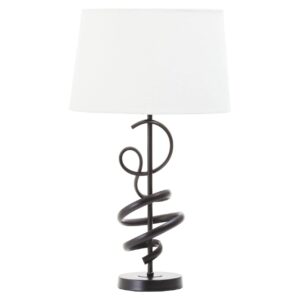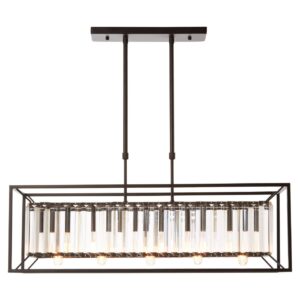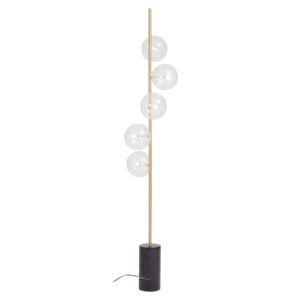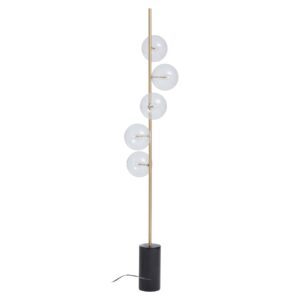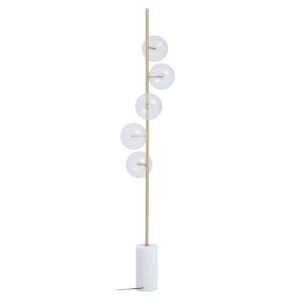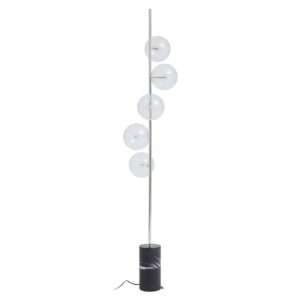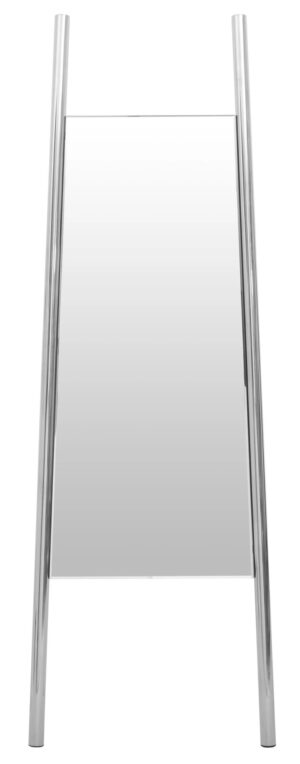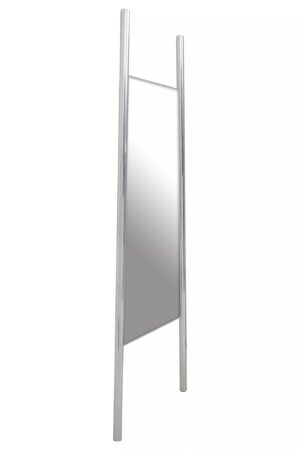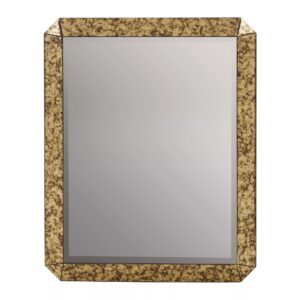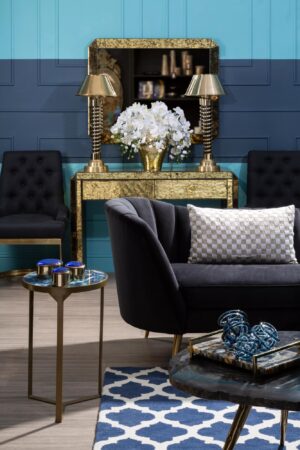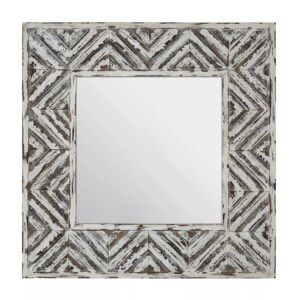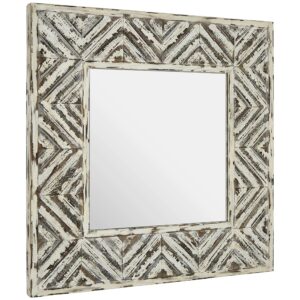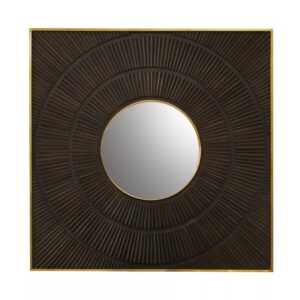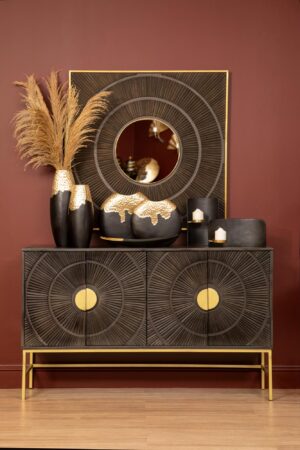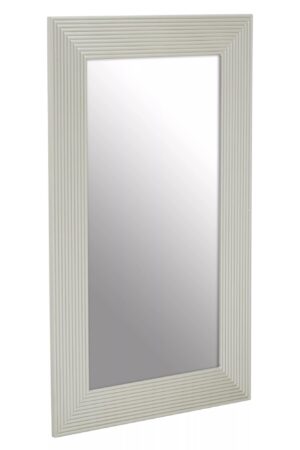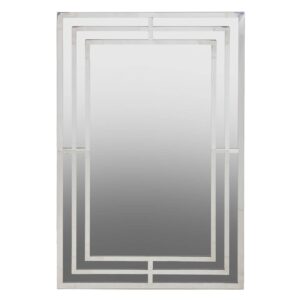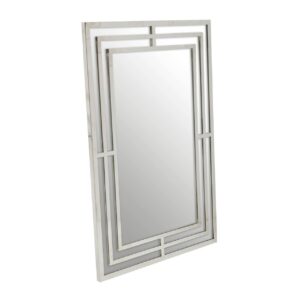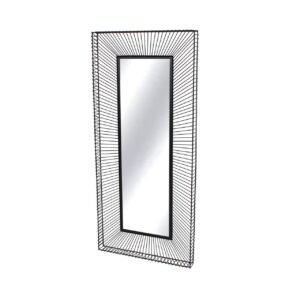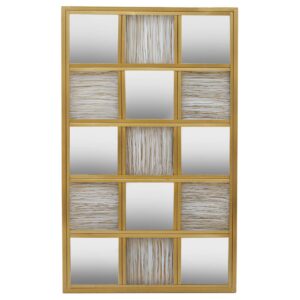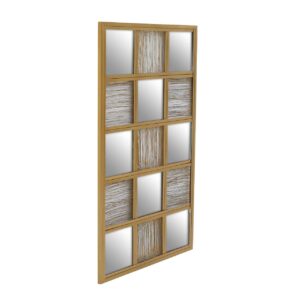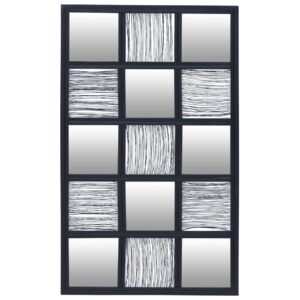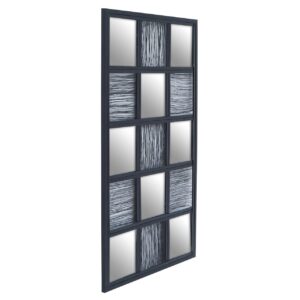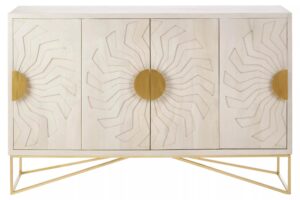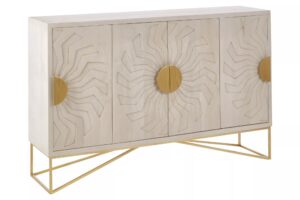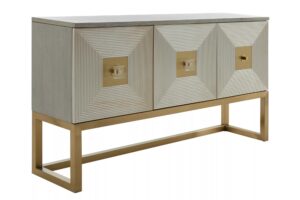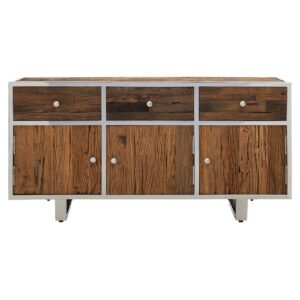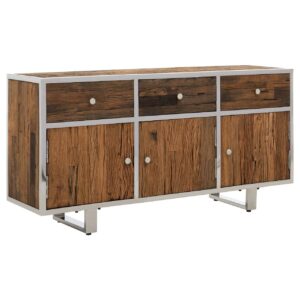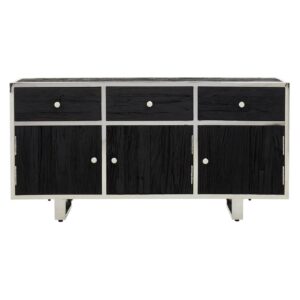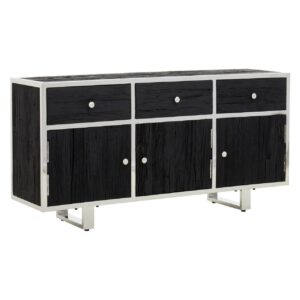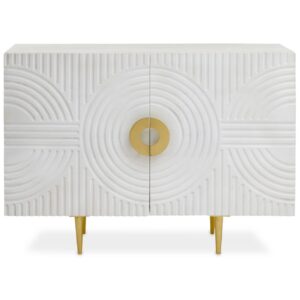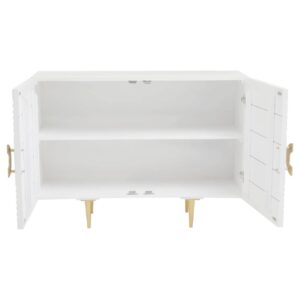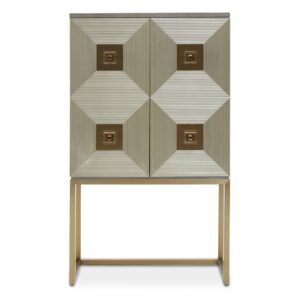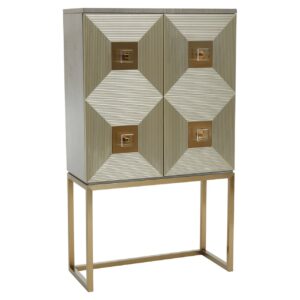Uncategorised
How to Make a Small Space Feel Homely Without Adding Clutter
Introduction
Creating a warm, inviting atmosphere in a small space can be a delicate balance. The key is to infuse homeliness without contributing to clutter. This article will guide you through transforming a cramped area into a cozy haven, ensuring every square inch is optimized for comfort and style.
Understanding Space and Clutter
The Concept of Space in Interior Design
The perception of space is subjective; what feels snug to one may seem confined to another. Interior design plays with this perception, using various techniques to expand the visual field and create a sense of openness.
The Psychology of Clutter and Its Impact on Homeliness
Clutter isn’t just a physical hindrance; it’s a psychological one too. It can make spaces feel chaotic and stressful. Striking the right balance is crucial for mental well-being and aesthetic appeal.
Maximizing Space
Utilizing Vertical Space
Look up, not around. Shelves and hanging fixtures can provide ample storage while keeping the floor clear.
Furniture That Doubles as Storage
Furniture with built-in storage serves dual purposes without taking up extra room—think beds with drawers or ottomans with compartments.
Color and Light
Choosing the Right Color Palette
Light, neutral colors can make a room appear larger, while dark tones tend to shrink spaces. Select hues that reflect light and create an airy feel.
Lighting Techniques to Enhance Space
Layered lighting, from ceiling fixtures to floor lamps, can brighten up corners and make rooms feel expansive.
Choose Your Lighting
Decorative Touches
Selecting Decor That Complements Not Clutters
Choose a few statement pieces rather than many small items. This creates focal points without the chaos.
The Role of Mirrors in Creating the Illusion of Space
Mirrors reflect both natural and artificial light, making spaces feel larger and more open.
Gooding360 Mirror Collection
Textiles and Fabrics
Cozy Textiles That Don’t Consume Space
Throw blankets and cushions add warmth without taking up space. They can easily be stored away when not in use.
The Impact of Textures
Textures bring depth and dimension to a room. Mixing and matching different materials can create a rich tapestry of visual interest.
Greenery and Nature
Incorporating Plants Without Overcrowding
Choose plants that grow upwards rather than outwards. Vertical greenery can elevate the room’s ambiance without consuming floor space.
The Benefits of Natural Elements
Natural elements bring a piece of the outside world in, connecting us to nature and providing a serene atmosphere.
Artificial Plants
Personalization Without Clutter
Displaying Personal Items Creatively
Floating shelves or picture ledges can showcase personal items without cluttering surfaces.
Choosing Quality Over Quantity
Invest in fewer, meaningful items that tell your story and contribute to the homeliness of your space.
Innovative Storage Solutions
Hidden Storage Ideas
Seek out hidden nooks and utilize them for storage—like under the stairs or above doorways.
Multi-functional Furniture
A drop-leaf table or a wall-mounted desk can save space while providing functionality.
Sideboards with Storage
Regular Revision of Space
The Importance of Decluttering
Regularly assess what you need. If something doesn’t serve a purpose or bring joy, it might be time to let it go.
Tips for Maintaining a Homely Yet Uncluttered Space
Adopt habits like cleaning as you go and having a place for everything to keep clutter at bay.
Smart Layouts and Arrangements
Furniture Placement Techniques
Position furniture to create clear pathways and distinct areas within a small space. This can make the room feel organized and spacious.
Creating Distinct Areas in a Small Space
Use rugs or furniture to demarcate areas for different activities, making the space multifunctional without feeling cluttered.
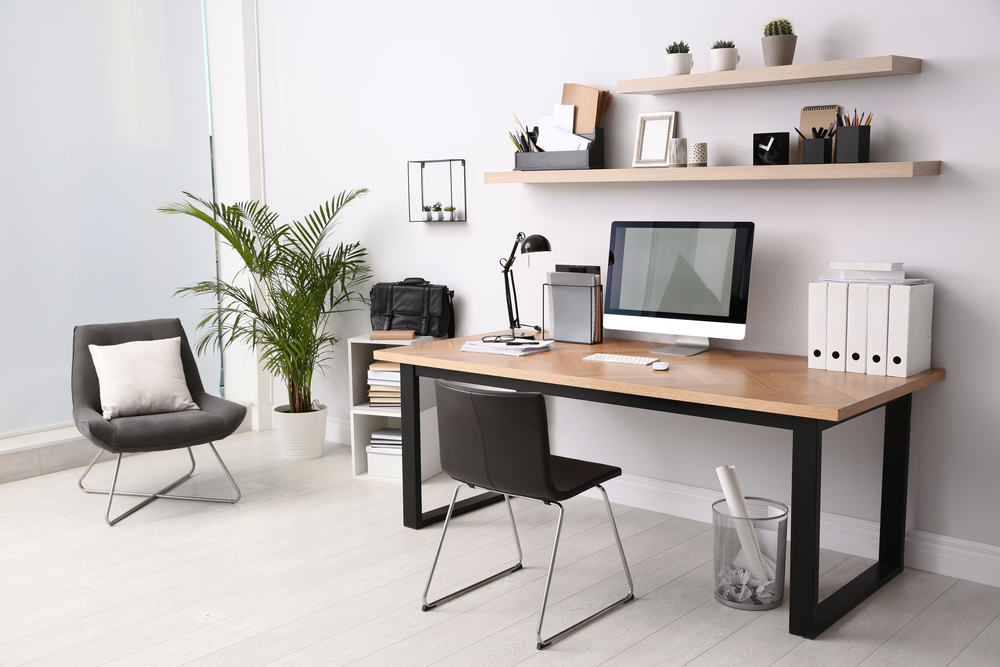
Embracing Minimalism
The Minimalist Approach to Homeliness
Minimalism doesn’t mean bare; it means purposeful. Every item in a minimalist space has a reason to be there.
Essential Items Only: The Minimalist Checklist
Stick to essentials that serve your daily life and contribute positively to your space’s aesthetics.
DIY Tips for Space Enhancement
Easy DIY Projects for Small Spaces
DIY projects can tailor your space to your needs. Whether it’s building shelves or customizing storage, it’s about making the space your own.
Customization through DIY
Personal touches through DIY give a sense of achievement and make your space unique.
Technology and Space
Smart Home Devices for Small Spaces
Modern technology offers smart solutions that take up minimal space while offering maximum convenience.
Digital Decluttering
Digital clutter can be as overwhelming as physical clutter. Organize digital devices to complement the physical space.
Conclusion
Making a small space feel homely is an art. It’s about choosing elements that serve multiple purposes, maintaining order, and personalizing the space thoughtfully. With the right approach, you can create a cozy retreat that feels both spacious and intimate.
FAQs
-
How can I choose furniture for a small space? Look for pieces that are proportional to your space and offer storage solutions.
-
What colors make a small room look bigger? Light, bright colors can open up a room, making it appear larger than it is.
-
How often should I declutter my space? It depends on your lifestyle, but a seasonal review can keep your


